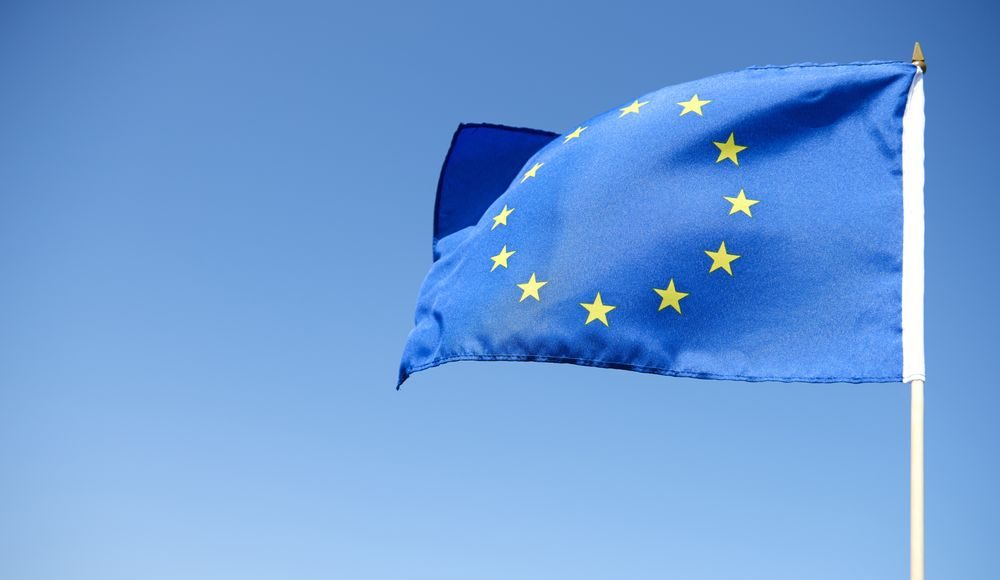
As Europe debates nicotine policy, concerned experts highlight that overregulation may harm adult smokers while aiming to protect youth.
As debates over tobacco and nicotine regulation heat up across Europe, recent developments in Iceland and the European Union have triggered a strong response from harm reduction advocates, business groups, and consumer voices. While the intent behind these proposed regulations is often to protect public health—especially youth—critics argue that many of the measures risk undermining access to safer alternatives for adult smokers who are trying to quit.
In June, the Icelandic government introduced a draft bill aimed at unifying and tightening its laws on all tobacco and nicotine products. The proposed legislation includes a series of sweeping changes: banning flavoured nicotine pouches (especially those seen as attractive to minors), mandating plain packaging, ending online sales, and introducing heavy fines for retailers who don’t properly enforce age restrictions. Businesses would also need new licenses to sell nicotine products in stores.
The backlash has been swift and vocal. By the July 3 deadline for public feedback, nearly 200 formal submissions had been recorded, many criticizing the bill as overly harsh and misguided. A common concern among opponents is that banning flavours could drive users back to more harmful products like cigarettes and snuff, effectively reversing progress in tobacco harm reduction.
Protecting youth vs punishing smokers
Major industry bodies such as the Icelandic Chamber of Commerce and the Confederation of Icelandic Enterprise argue that the proposal unfairly lumps in smoke-free nicotine alternatives with combustible tobacco. They highlight that the criteria for banning flavours are vague and could create uncertainty for both consumers and businesses. Many are urging the government to focus on managing nicotine dependence through education and regulation rather than removing lower-risk options from the market.
Despite the criticism, Iceland’s Health Inspectorate has defended the proposal, calling it a necessary step to curb youth uptake and safeguard public health. The country’s parliament is set to debate the bill later this year, setting the stage for a clash between regulators and a coalition of harm reduction advocates and economic stakeholders.
Sweden stands up to the EC once again
Meanwhile, in Brussels, another controversy is unfolding, this time at the EU level. A recent proposal suggests raising new revenue for the EU’s 2028–2034 budget through higher taxes on tobacco products, including newer nicotine alternatives like vapes, heated tobacco, and nicotine pouches. The idea is reportedly under consideration by the European Commission, and echoes calls from at least 15 member states to sharply raise tobacco excise duties.
Tobacco harm reduction and smoking cessation experts are appalled. Swedish Finance Minister Elisabeth Svantesson has strongly opposed the plan, warning that it could lead to an unjustified tax hike on products like white snus. Sweden, which has one of the lowest smoking rates in Europe (around 5%), attributes much of its success in reducing tobacco-related harm to the widespread use of snus and similar products.
Svantesson has criticized the EU proposal not only for undermining harm reduction, but also for diverting tax revenue away from individual member states. She has promised to continue defending Sweden’s approach, which treats nicotine pouches as part of a pragmatic public health strategy rather than a threat. This despite the fact that these same measures have set the EU backwards in acheiving its smoke-free goals, while ignoring them has propolled Sweden ahead of every other member state.
Sweden is not alone in being opposed to the proposed tax. Other EU countries—Italy, Greece, Romania, and Bulgaria among them—have also voiced concerns, particularly regarding the lumping together of combustible tobacco with lower-risk nicotine alternatives. Opponents warn that such sweeping tax increases could make harm reduction products less accessible to smokers trying to quit, pushing them back toward more dangerous choices or into unregulated black markets.
Harm reduction at a crossroads
These parallel developments in Iceland and the EU highlight a consistent divide in public health policy: whether to treat all nicotine products as equally harmful, or to embrace a nuanced, evidence-based harm reduction strategy. While protecting youth from nicotine initiation remains a universally shared goal, critics argue that aggressive policies like flavour bans, excessive taxation, and product restrictions often miss the mark, and may do more harm than good.
Adult smokers still make up a large portion of tobacco-related disease and death. Ensuring they have access to safer alternatives, such as nicotine pouches and vaping products, is essential for continuing to reduce smoking rates. At the same time, robust age verification, marketing restrictions, and targeted education campaigns can help keep these tools out of the hands of minors.
As both Iceland and the EU move forward with their legislative agendas, the challenge will be finding a balance—protecting youth while not cutting off lifelines for adults seeking to quit smoking. For those committed to harm reduction, the answer lies not in prohibition, but in regulation that is fair, evidence-driven, and rooted in public health priorities.
